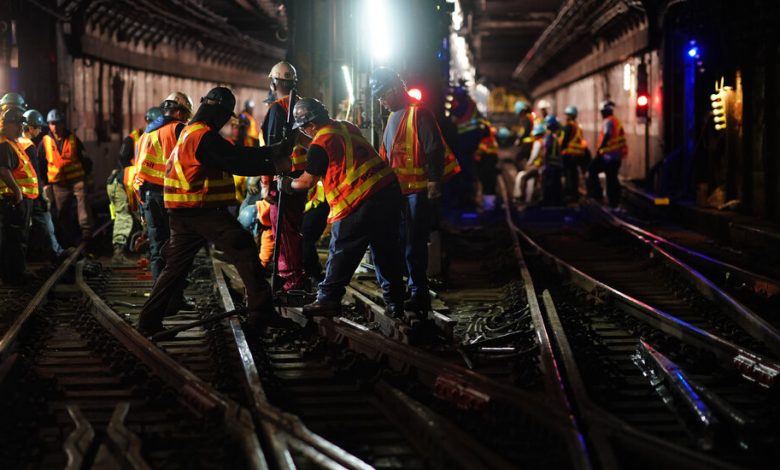Congestion Pricing’s Billions to Pay for Nuts and Bolts of Subway System

New York City’s congestion pricing program is scheduled to begin charging tolls to drive into the busiest parts of Manhattan next month, with the aim of generating a $15 billion windfall for the mass transit system.
That money would not translate into lower fares or a huge subway expansion. Instead, with a few notable exceptions, it would largely support the unglamorous but critical work of maintaining the century-old infrastructure that millions of New Yorkers rely on — repairing and upgrading aging equipment, modernizing signals and technology and making subway stations more accessible.
The Metropolitan Transportation Authority, which oversees congestion pricing, has already earmarked the entire $15 billion for long-planned projects. But now the money is in jeopardy as legal challenges to the plan threaten to blow a significant hole in the M.T.A.’s budget.
Congestion pricing, which is due to begin on June 30, is the single largest source of funding of the transit agency’s $51.5 billion capital program, accounting for nearly 30 percent of the total. Since congestion pricing has yet to get off the ground, the M.T.A. used other funding first for its capital program. And now that $15 billion accounts for half the money the authority is expecting to finance its remaining projects.
“The point is, this is the money they are counting on right now,” said Andrew Rein, president of the Citizens Budget Commission, a watchdog group, who sees these repairs and improvements as essential.
In addition to the infrastructure work, the more notable upgrades would include shiny new cars on the subway and commuter train lines, and the funding would also mean progress on extending the Second Avenue subway to East Harlem.